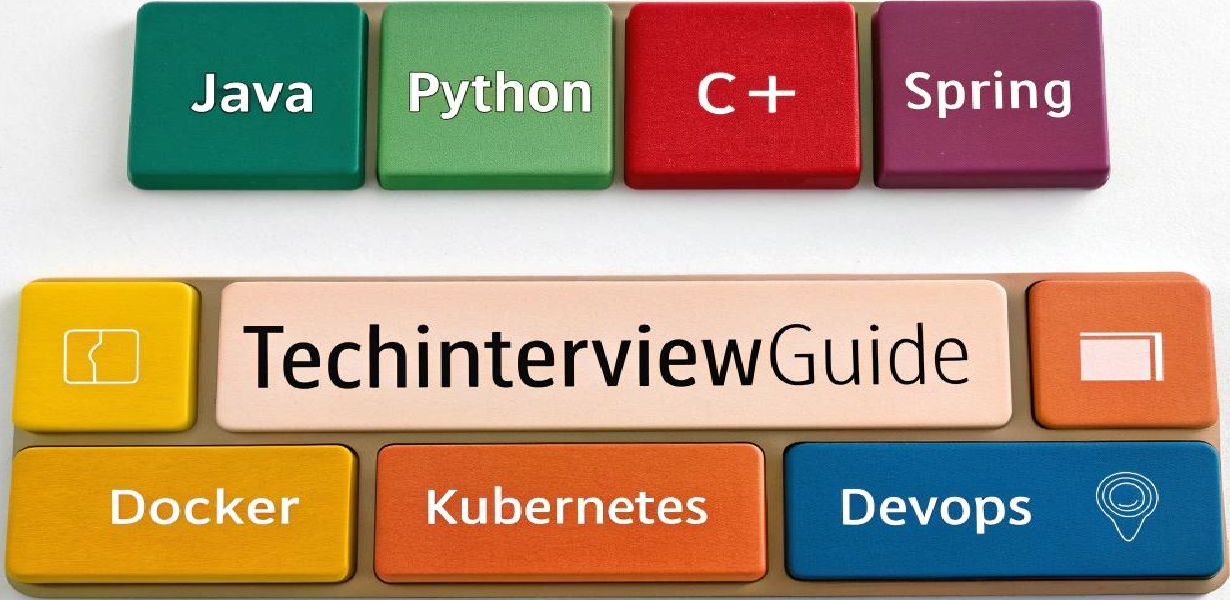In the world of Java programming, three terms you frequently encounter are JDK, JRE, and JVM. They are integral components in the Java ecosystem, but they each serve different purposes in the development and execution process of Java applications. While they are related, understanding their differences is essential for anyone working with Java. Let’s explore each of them in detail:
What is JVM (Java Virtual Machine)?
The Java Virtual Machine (JVM) is the cornerstone of Java’s portability. It’s an abstract computing machine that enables a Java program to run on any device or operating system. The JVM abstracts the underlying operating system and hardware, allowing the same Java program to run on any platform without modification. When you run a Java program, the JVM takes over and interprets the bytecode generated by the Java compiler. It ensures that the Java application runs correctly, regardless of the platform.
Here is an example that demonstrates JVM’s role:
public class HelloWorld {
public static void main(String[] args) {
System.out.println("Hello, World!");
}
}
When you compile the above code using the javac command, the output will be stored in a file with a .class extension. This bytecode is platform-independent and can be executed by any JVM on any machine. The JVM then reads and executes this bytecode, allowing the program to run.
What is JRE (Java Runtime Environment)?
The Java Runtime Environment (JRE) is a part of the Java Development Kit (JDK) and provides the necessary libraries and components to run Java applications. It consists of the JVM, the Java Class Libraries, and other components required to run Java programs. Essentially, the JRE provides the environment that allows the JVM to execute Java bytecode, making it possible to run Java programs on any machine with a JRE installed.
It’s important to note that the JRE is not a development environment. If you’re looking to write and compile Java code, you’ll need the JDK, not just the JRE. The JRE alone allows for the execution of precompiled Java programs but does not include development tools like the compiler.
What is JDK (Java Development Kit)?
The Java Development Kit (JDK) is a complete package that includes everything needed to develop Java applications. It contains the JRE (to run Java programs) along with development tools such as the javac compiler, java launcher, javadoc, and other tools that are essential for Java development.
In summary, the JDK is the most complete and comprehensive package for Java developers. If you’re planning to develop Java applications, the JDK is essential. Here’s an example of how the JDK is used:
// This is a simple Java program
public class HelloWorld {
public static void main(String[] args) {
System.out.println("Hello from JDK!");
}
}
When you save the file and compile it using the javac command, the JDK compiles your code into bytecode and saves it in a .class file. You can then run this bytecode using the java command from the JDK’s tools suite, which in turn invokes the JVM to execute the code.
Key Differences Between JDK, JRE, and JVM
- JVM: Responsible for interpreting and executing Java bytecode. It provides platform independence and ensures that Java programs run consistently across different systems.
- JRE: Provides the necessary libraries and resources to run Java applications. It includes the JVM but does not have development tools like the compiler.
- JDK: A complete package for Java developers, including the JRE, development tools (like the compiler and debugger), and other resources to create Java applications.
Conclusion
In conclusion, JVM, JRE, and JDK are integral to Java programming. The JVM allows for platform-independent execution of Java programs, the JRE provides the runtime environment to run Java applications, and the JDK includes all the necessary tools to develop Java programs. Understanding these components and their roles is crucial for anyone diving into Java development. By knowing when and how to use each one, you can enhance your programming experience and productivity in Java.

